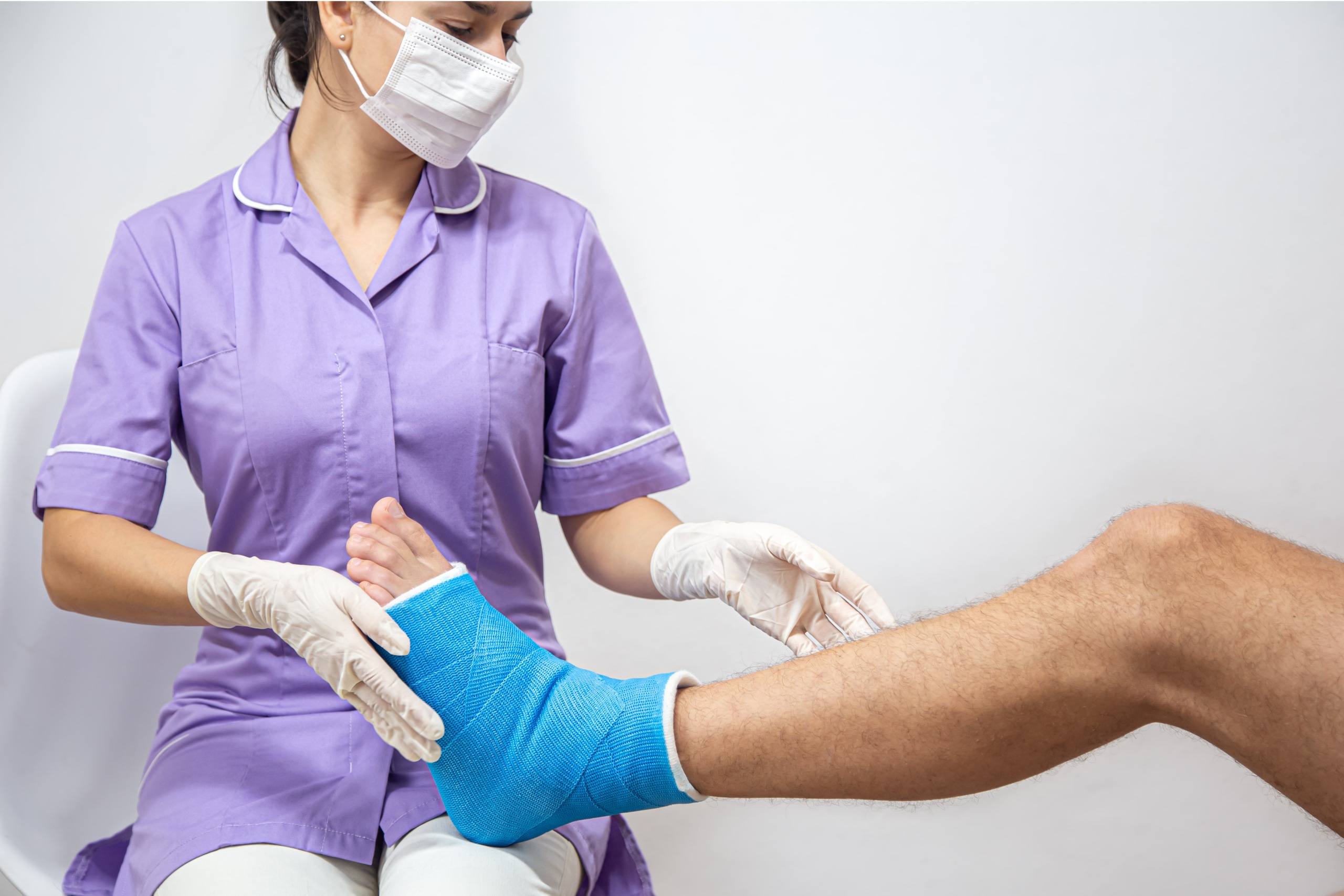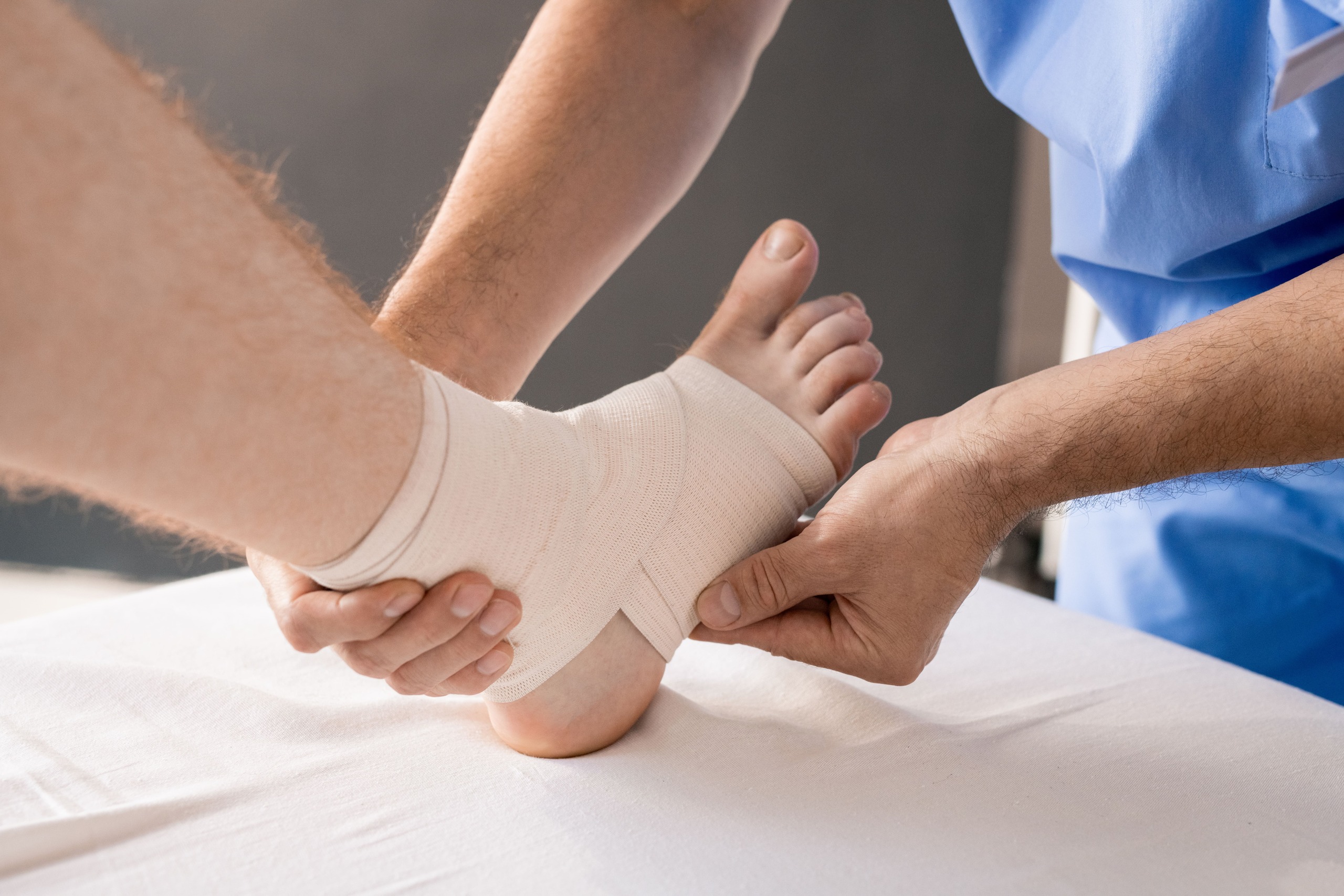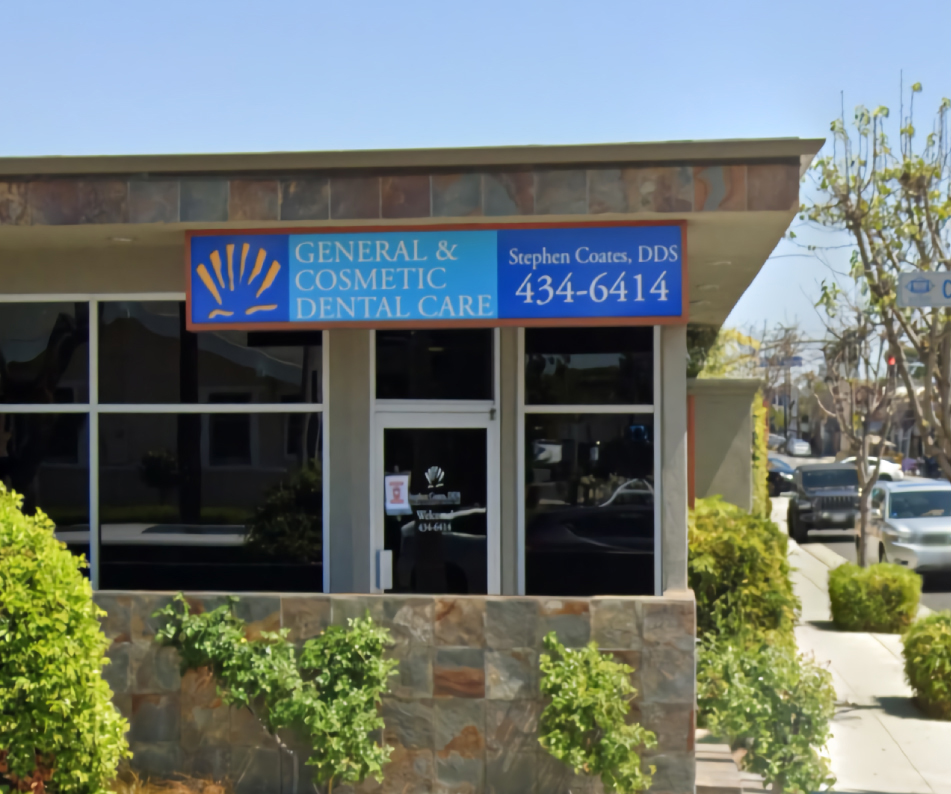Whether we’re playing sports, working out, or just running through our everyday routines, we all run the danger of getting hurt. Among the most common are sprains and fractures, which can affect anyone at any age or degree of activity level. A sprain involves damage to ligaments, the tissues linking bones at a joint; a fracture is a break in the bone itself. Understanding the variations between these two injuries is crucial as it facilitates rapid and suitable treatment of them, therefore lowering the risk of additional complications. Quick identification helps to stop the damage from getting worse and speeds up the healing process. This book is to educate you with the information to identify the signs and symptoms of sprains and fractures, thereby assuring that, should you be confronted with these common but perhaps major injuries, you react quickly and precisely. Correct knowledge will enable you to confidently negotiate the road from injury to recovery.
Understanding the Difference Between Sprains and Fractures
Though they are somewhat different, you may end up with a sprain or a fracture if you twist or spin your ankle in an unusual manner. A sprain is a ligament damage, the strong bands of tissue holding your bones together. Usually accompanied with swelling and bruising around the afflicted area, a sprain causes mild to severe discomfort that may throb. Though it would be awkward, you might be able to somewhat move your ankle.
Conversely, a fracture—that is, shattered ankle—occurs when one or more of the ankle’s bones break or split. Usually, especially when you try to move or bear weight, this damage results in sudden, severe pain that strikes immediately. You may find obvious deformities with an unusual bent as well as notable edema and bruises. A significant indication of a fracture is a clear crack heard upon the damage occurring. In essence, you might be dealing with a fracture if you cannot feel weight on your ankle and there is obvious dislocation. If unsure, always preferable to obtain a professional opinion.

Initial Steps: What to Do Immediately After an Injury
Should you or someone else develop a sprain, the RICE strategy is a first choice for therapy. Rest the damaged section first. This includes halting whatever activity and choosing a comfortable posture to reduce movement. Every couple of hours, then, treat the damaged region with ice for around 15 to 20 minutes. This lessens swelling and discomfort. Then support the wounded region with a Compression bandage. Wrap it tightly but not overly so; comfort is paramount! To aid lower swelling, lastly raise the damaged limb above heart level if at all feasible.
Now, if you believe there might be a fracture, try to keep the region as motionless as you can. One can accomplish immobilization by supporting the damage with splints or even a rolled-up magazine. Apply it softly and securely; avoid cutting off blood flow in doing so. See a doctor if you or someone else is in pain or if the damage appears severe. Keeping composure is crucial; hence, inhale deeply and keep in mind that aid is just a phone away.
When to Seek Medical Attention
Should you or someone you know have an injury, be alert for specific symptoms suggesting the need for expert medical attention. One should be suspicious of extreme pain that does not go away with rest or over-the-counter painkillers. A doctor should also observe any visible anomaly in the affected area, such as a limb seeming to be twisted or out of alignment, very early on. Inability to move the limb or bear weight on it might suggest a more significant injury requiring professional examination.
Extended swelling is another important indication to pay close attention to as it might point to greater activity under the surface. See an X-ray first thing if in doubt. X-rays enable doctors to determine the degree of the damage and whether additional underlying problems exist like shattered bones. Always better to err on the side of caution, remember! By means of appropriate diagnosis and treatment, one may guarantee a better recovery and prevent more issues.
Treatment and Recovery: What to Expect
Physiotherapy is quite important for sprains recovery. A physiotherapist can create a tailored rehabilitation program with exercises aimed to boost strength and flexibility in the afflicted area. Usually starting modestly, these activities becoming more demanding as your power increases. Key motions may include ankle circles for injured ankles or resistance band exercises for shoulder sprains. Safe restoration of function, pain reduction, and future injury prevention are the objectives here.
For fractures, the degree of the damage will affect the course of therapy. Common techniques include immobilizing the bone such that it heals correctly using a cast or splint. For some complicated fractures in particular, surgery may be required to straighten the bones or stabilize them with screws and plates. Rehabilitation becomes extremely important following the first healing period. Physical therapy could be part of this to restore mobility and strength. Simple workouts like mild stretching for leg fractures or finger lifts for hand fractures can help you resume your regular activities. Remember; patience is essential; pay attention to your body and do one step at a time.

Conclusion
Effective healing depends on knowing and controlling ankle problems including sprains and fractures. While a sprained ankle originates from strained or torn ligaments and often causes delayed swelling and discomfort, a fractured ankle usually causes extreme, immediate agony and may reveal clear deformity. Immediately lower swelling and discomfort with the R.I.C.E. approach—Rest, Ice, Compression, and Elevation. With physical examinations and necessary imaging—X-rays or MRIs—exact identification of the injury depends on quick medical intervention. Treatment options varied; depending on degree, fractures may call for a cast or surgery; sprains normally call for rest, bracing, and physical therapy. Choosing suitable shoes and warm-ups assures a whole return to action free from injuries and first priority of safety.



